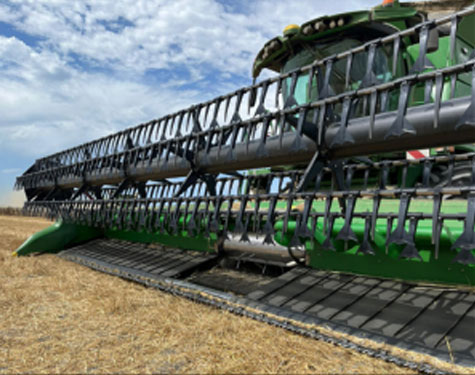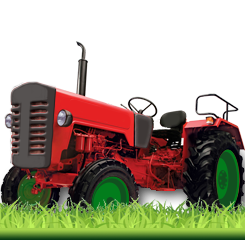

FARMING EQUIPMENT

"Advancements in farming equipment have created a shift toward greater efficiency in agriculture by nourishing more people and caring for the environment. Heavy machinery, harvesting equipment, tractors and attachments have played a role in the success of U.S. food production."
In today's current world, there are many unique demands that have been placed on the modern farmer. The production levels of their agricultural goods face major challenges due to soil depletion, changing weather patterns, shifting global food trends, increased operating costs, and changing global food demands. Thus, farmers have relied heavily on advanced equipment that enables them to produce more food on fewer acres and still profit from their operation.
A constant need for new innovation..
For farmers, there have always been common problems that they all face. For example, land erosion due to the consistent, yet natural cycle of planting and harvesting. But modern farmers also face the unwarranted effects from outsides forces that have come up against them in recent decades. With strict environmental regulation, rising land and equipment costs, and political and economic issues that impact trade, it has become more critical for the agriculture industry to introduce new innovations.
Increasing efficiency while also maintaining land quality..
Farmers face the multi-faceted problem of dealing with rising costs while working through other challenges. Traditionally, farmers have always been tasked with searching for new ways to increase their efficiency, but increasingly over time, farmers have had to maintain land quality while adhering to State and Federal laws. Fortunately, farmers now have a wide range of available equipment options they can choose from to use for their operations. Various types of advanced farm equipment that are available on the market are designed to meet common problems, as well as unforeseen and sudden changes.
Heavy Machinery Advancements
Advancements in heavy machinery and harvesting equipment have not only helped to maintain steady crop growth, but greatly increased efficiency too. Corn, for example, is a plant of the grass family (Poaceae) that produces an edible grain. It is a tall, robust and erect plant, yet still vulnerable to loss. Restrictions on corn growers has eased up in past years, and the U.S. has become the largest producer, consumer, and exporter of corn in the world with an average of about 90 million acres of corn planted every year. Corn is an example where growing restrictions have gone in reverse order a bit, according to usda.gov ...
"Because of provisions in the Federal Agriculture Improvement and Reform Act of 1996 that permits farmers to make their own crop planting decisions based on the most profitable crop for a given year, corn acreage in the United States has increased from a Government-mandated low of 60.2 million planted acres in 1983 to close to or exceeding 90 million since 2018. Much of this growth in area and production is a result of expanding ethanol production, which now accounts for nearly 45 percent of total corn use."
Header Loss
Solving the problem of header loss and combine feeding has placed demands on combines to have more adjustable control over ground speed, header speed, cylinders, rotors and chains. The modern-day combine was designed to be a solution for cost and time efficiency, and to specifically benefit farmers. The combine continues to evolve and expand in quality and innovation, demonstrating its benefit in multiple crop conditions and different header reels for farmers in the U.S. and around the world.
Every industry operates as part of a global economy, and the food industry is a large part of it. With such a heavy demand for food, there must be a vast food system that can effectively feed the whole world. Any disruptions that occur in our modern society affects more than just the availability of certain food products, but also the working aspects of the entire food system. These aspects include the coordination of people in the farming industry and the tangible equipment they use to grow, harvest, transport, package, market and shelve the food products for citizens who rely on the system.
Farming is hard work, but it takes more than hard work, it takes coordination between a network of professionals who can keep the chain working in a flow. There are many people involved in this network,..farmers, pickers, machine operators, truck drivers, warehouse personnel and retailers. And it even goes beyond that, especially in a digital world where there is a need for software engineers, electronic engineers, mechanical engineers, biologists and equipment repairmen.
With our world population at around 8 billion, there is an obvious need for continual advancements in the farming industry. Every breakthrough in technology and biology improves the way we make food products more available and affordable. It may even improve our quality of life by making food healthier, better tasting, and longer-lasting.
Tractors
Gone are the days of the universal "one-size-fits-all" tractor. Today, the word "tractor" is more of an umbrella term, referring to the many sizes and shapes of tractors that are available. There are many types of tractors, including the standard look of a traditional tractor. But some models are just down-right unusual. In any case, there is a tractor model that will fill the requirements of any farming needs. Tractors are typically part of a standard list of equipment for small and large farming operations.
Tractors are available in models appropriate for small farm-like operations that involve small backyard plots all the way up to large areas of land mass in rural settings. Types of tractors include:
